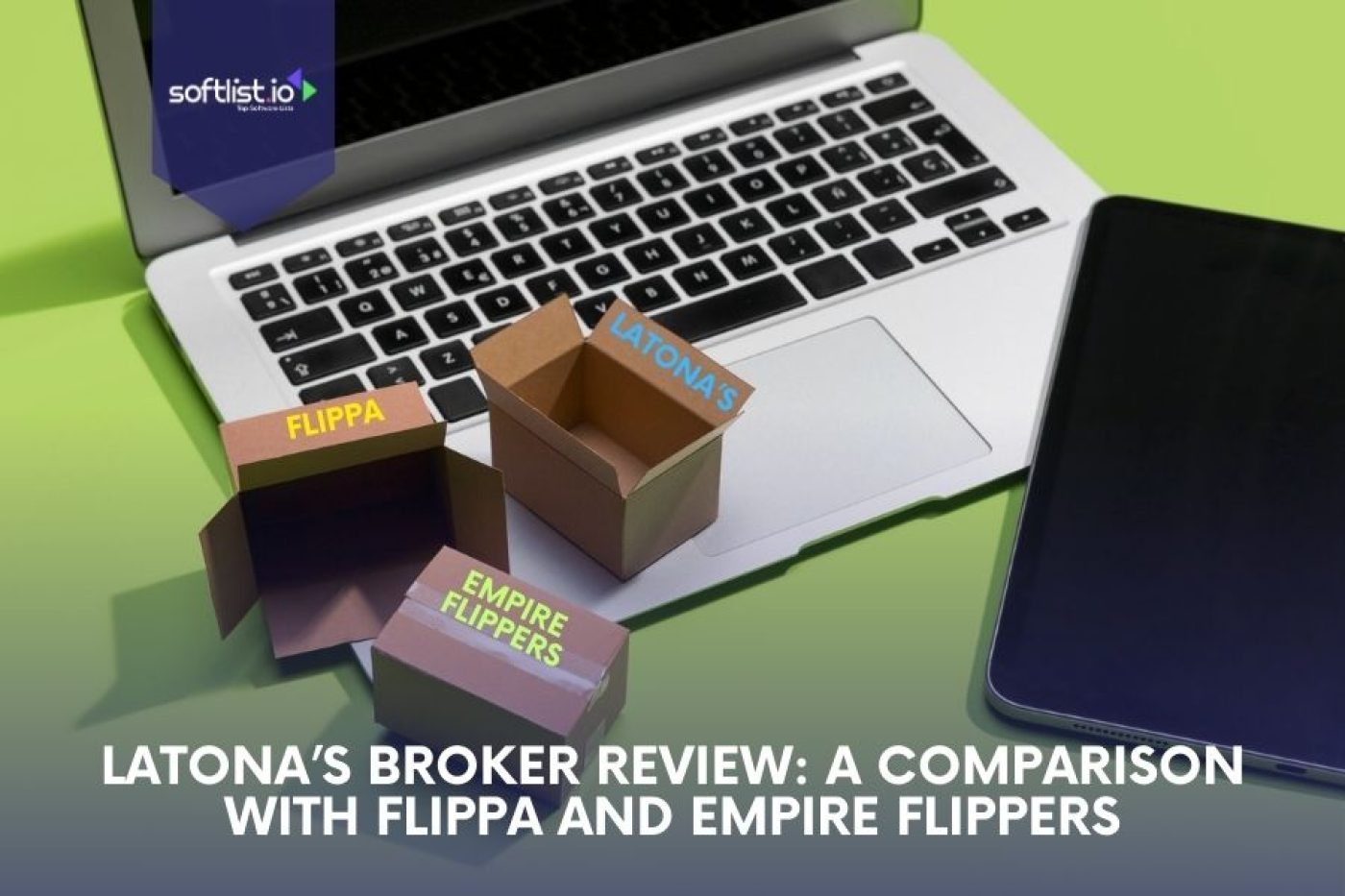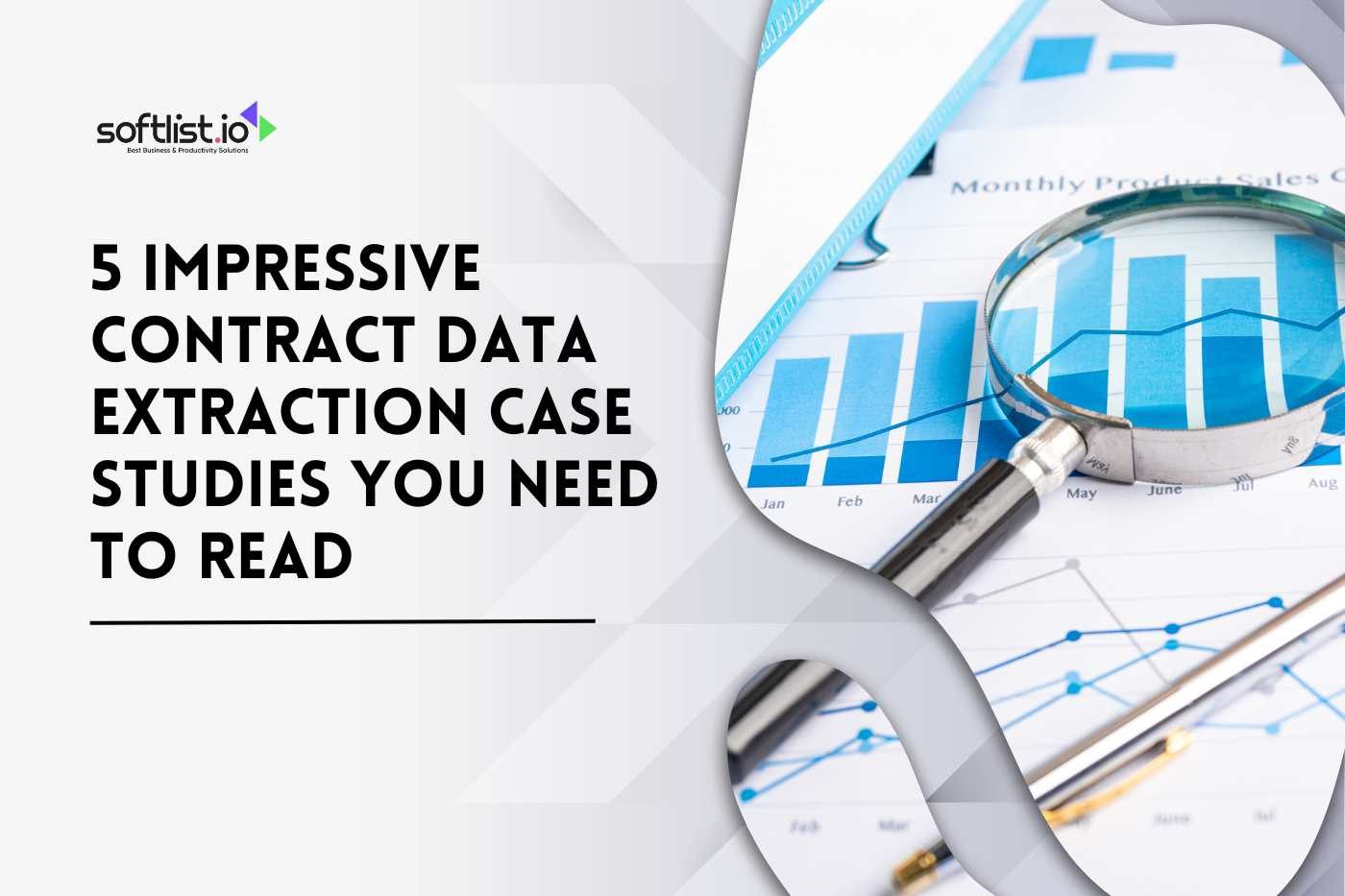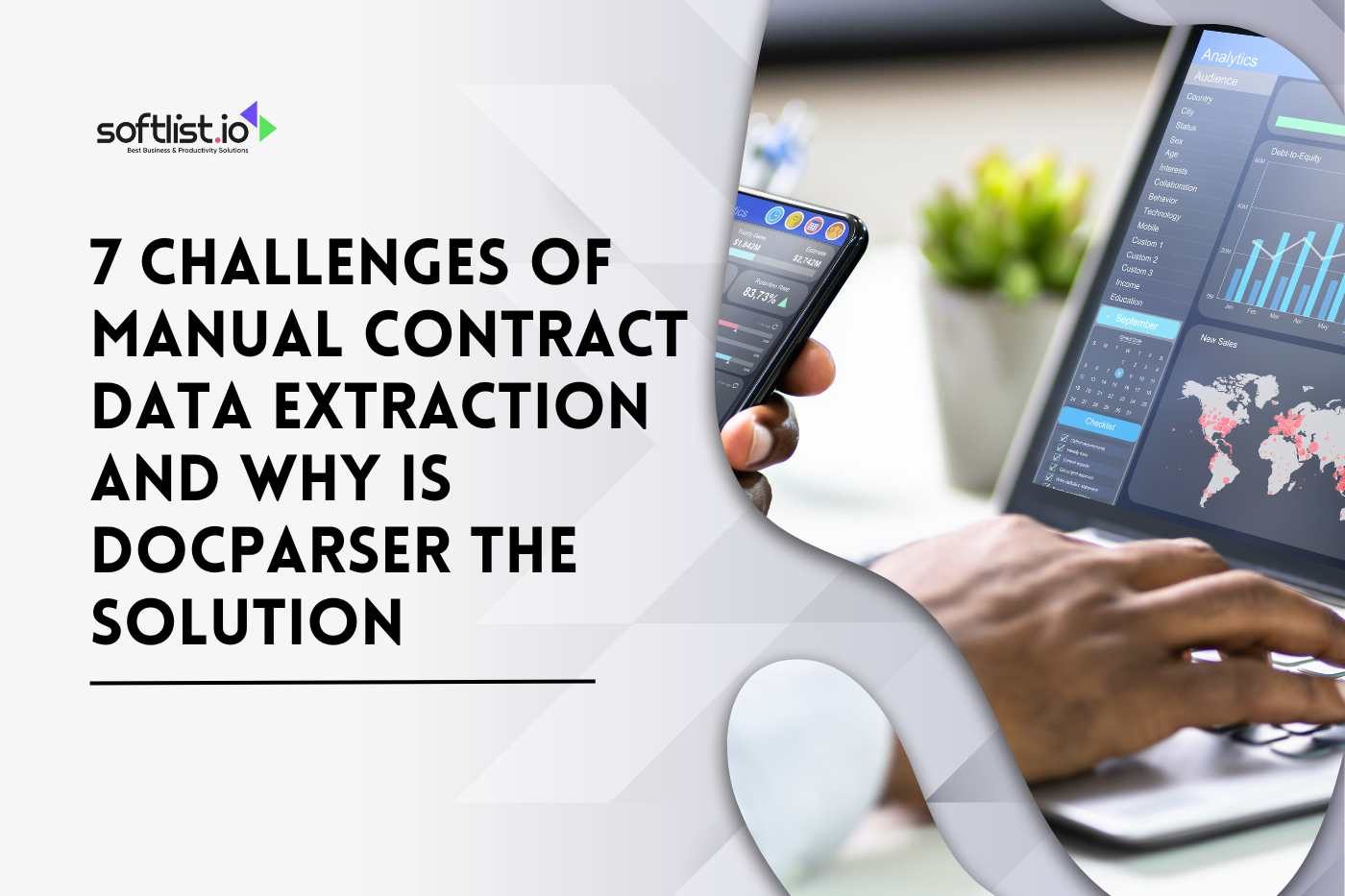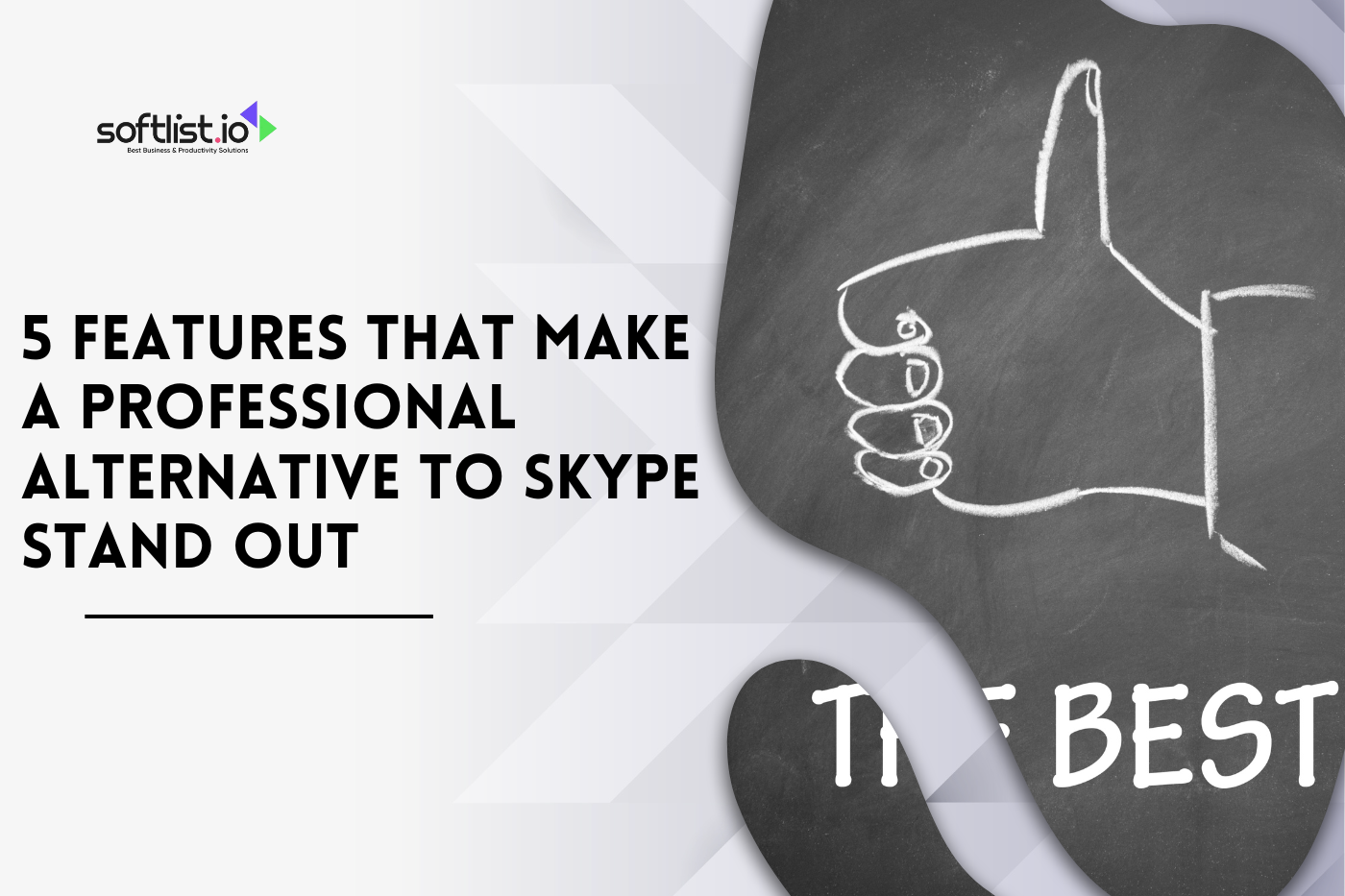As cyber threats grow, online security for small businesses becomes more crucial. Software for security information and event management, or SIEM software, finds security issues, investigates them, and responds immediately. Still, do small companies need it?
This post addresses SIEM’s goals, expenses, well-known tools, and possible substitutes. After this article, you will know whether SIEM suits your company and how to improve your security plan.
Key Takeaways
- Small business security depends on SIEM, which enables real-time detection and response to security risks. Thus, SIEM software strengthens a company’s security posture and meets compliance criteria.
- Leading SIEM tools, including Splunk, IBM QRadar, and Microsoft Sentinel, have advanced capabilities. These tools provide log analysis, threat intelligence, and cloud integration to support cybersecurity operations.
- Business needs define SIEM costs: expenses vary depending on data volume, deployment style, and compliance needs. For managed services, smaller companies can find reasonably priced alternatives.
- Rather than aging out of the current, SIEM technology is quickly growing. SIEM tools are still vital even with machine learning and automation developments. They also interface with more contemporary technologies, including XDR and SOAR.
- Though it offers endpoint protection, Microsoft Defender is not a complete SIEM; it performs better when combined with Microsoft Sentinel, a cloud SIEM software, to provide thorough security management.
Do Small Businesses Need SIEM?

Source: Canva Pro
Small businesses face the same cyber threats as large enterprises but often lack the robust security measures to defend themselves. Using real-time security event monitoring, an SIEM solution can offer necessary threat detection and incident response, enabling companies to remain safe.
The Growing Cybersecurity Threats Facing Small Businesses
Cyber threats are increasing, particularly for small companies with limited IT resources. Attackers take advantage of inadequate security measures, causing financial loss and data leaks.
- Common security concerns include ransomware, phishing efforts, and insider threats.
- Effective threat detection helps companies know when security events occur until damage is done.
Benefits of SIEM Software for Small Business Cybersecurity
Implementing an SIEM software improves security posture by aggregating security data across your IT systems. It uses log analysis to detect potential threats quickly.
- Helps meet compliance requirements by monitoring data access and usage.
- Incident response is supported by real-time threat intelligence and automated alerts.
- Lessens hand-operated security operations, saving IT resources and time.
Which SIEM Tool Is Mostly Used?
Your company’s particular requirements will determine the SIEM solution you need. While some SIEM use cases prioritize scalability or simplicity of use, others call for advanced capabilities, such as artificial intelligence.
Popular SIEM Tools and Their Features
Excellent SIEM solutions provide comprehensive tools to enhance threat response. These instruments are designed to integrate seamlessly with both on-site and cloud systems.
- Well-known for excellent log analysis and threat intelligence integration is Splunk.
- IBM QRadar offers machine learning to spot potential risks quickly.
- Designed to enhance Microsoft users’ security operations, Microsoft Sentinel is an SIEM tool native to the cloud.
Choosing the Right SIEM Tool for Your Business Size
Selecting a SIEM software solution requires weighing important considerations, including compliance requirements, infrastructure, and cost. Tools that strike a mix between utility and simplicity help small companies.
- Companies with limited IT resources would find the perfect fit in cloud-based SIEM systems.
- Make sure your security needs and current systems complement the SIEM platform.
How Much Does SIEM Software Cost?

Source: Canva Pro
Several elements affect the cost of SIEM software: the volume of security data, the number of users, and the deployment style. These expenses should be compared with the advantages of improved security measures.
Factors Influencing the Cost of SIEM Software
SIEM software solutions usually include upfront licensing fees and continuous support and maintenance costs in their pricing policies. Solutions based on clouds let you modify flexible or subscription plans.
- Log volume, data storage, and needed IT resources define cost elements.
- Training, integration, and custom security requirements also call for more outlay.
Balancing Cost With Return on Investment (ROI)
Investing in an SIEM system can help prevent expensive cyberattacks by improving your security posture. Data breaches and other possible hazards can sometimes cause significant damage to reputation and finances.
- Through automating threat detection and incident response, a strong SIEM tool helps reduce risks.
- Smaller companies may find managed SIEM services to be a reasonably priced substitute.
What Is SIEM for Beginners?

Source: Canva Pro
SIEM (Security Information and Event Management) is a tool for beginners that tracks and examines security events from many sources, including networks, servers, and programs. It gathers security information to identify risks and offer incident reaction. Strengthening a company’s security posture depends on an awareness of SIEM’s relevance.
Basic Overview of SIEM Functionality
A SIEM solution gathers and analyzes security data from various data sources. It helps detect suspicious activity, reducing risks to your IT infrastructure.
- Log data from several applications and devices aggregatively.
- Finds trends suggesting possible security risks.
- Sends real-time alerts meant to stop attacks.
Is Microsoft Defender a SIEM?

Source: Canva Pro
Microsoft Defender is not a complete SIEM solution but an advanced threat detection tool for endpoint security. It helps secure devices and accounts by monitoring and responding to potential threats.
However, integration with a dedicated SIEM platform is needed to meet more extensive security requirements like log analysis, forensic analysis, and compliance regulations.
Overview of Microsoft Defender’s Capabilities
Microsoft Defender protects IT infrastructure by detecting and responding to threats at the endpoint level. It offers key features like threat intelligence and real-time alerts but lacks the comprehensive data aggregation pSIEM provides
- Focuses on endpoint and cloud security within Microsoft environments.
- Provides basic features like antivirus, malware protection, and account monitoring.
- Useful for businesses with limited budgets seeking enhanced endpoint protection.
How Microsoft Sentinel Complements Microsoft Defender
Microsoft Sentinel is a cloud SIEM platform designed to work alongside Defender, offering better security operations management. It collects security data from different sources and automates threat detection using machine learning.
- Enables log analysis and compliance reporting.
- Scales easily for businesses with complex IT infrastructure.
- Provides full SIEM use cases for robust security measures.
User Experience and Feedback
Small businesses using SIEM software often focus on ease of use, especially with limited IT resources. Many users appreciate cloud SIEM platforms for their scalability and automated threat detection, which reduces the burden on small teams.
However, some find the steep learning curve challenging, especially when managing data from different sources.
Here’s what small business users say about SIEM software:
- Positive Feedback:
- Helps improve security posture by identifying potential threats early.
- Real-time alerts and compliance tracking save time on security operations.
- Common complaints:
- Complex configuration and log analysis can be time-consuming.
- Some tools offer more features than needed, overwhelming small businesses with limited budgets.
Choosing the right SIEM tool for specific needs is key to a smoother user experience. Many users recommend starting with basic features or managed services to avoid extra costs while meeting compliance requirements. Balancing functionality and ease of use is essential when integrating SIEM into existing IT infrastructure.
Final Thoughts
SIEM software is essential for keeping small businesses safe from cyber threats that are constantly growing. Looking at data from various sources improves the ability to find threats, handle incidents, and meet security standards.
SIEM platforms are still helpful for businesses that need strong log analysis and security operations, even though there are alternatives like XDR and SOAR. Your business’s size, budget, and IT infrastructure will help you choose the best SIEM tool. Managed services or cloud SIEM may be best for companies with small budgets.
Tools like Microsoft Defender can protect you but work better when connected to complete SIEM solutions like Microsoft Sentinel. By automating essential tasks, an SIEM tool improves security and saves you time and IT resources.
Are you ready to strengthen your cybersecurity plan? Learn about the best SIEM solutions available today and how they can help keep your business safe from threats.
Find the best deals on SIEM software for small businesses at Softlist’s Deals page. Also, check out top product reviews to choose the right solution for your business needs!





